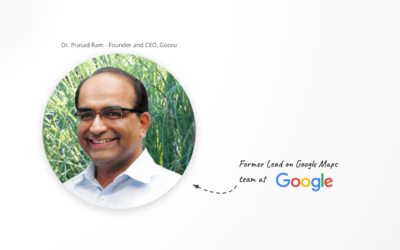Understand the “Person” in Personalized Learning

Understand the “Person” in Personalized Learning
With the increased use of smartphones and tablets in learning, Personalized learning has become the holy grail. This is largely to meet the educational needs of individual students with learning pathways that are most appropriate to the learner. The disruption in schooling because of the pandemic, access to a number of technology-supported independent learning options, and opportunities to learn in many different environments other than the classroom with the teacher have focused more attention on personalized learning. Personalized learning starts with the word “person”. We have to understand the person and adapt their learning activities accordingly. Many others have used the term “Learner Profile” to describe their representation of the understanding of the learner. I prefer to use the term “Learner Identity” to describe the representation of our understanding of the person. First, let’s look into the many dimensions of a learner’s identity without regard to how we represent them, determine those and use them in learning. After we understand the dimensions of the learner’s identity, we will explore using them in personalized learning.
To personalize learning pathways, the more obvious thing is to understand the learner in terms of their current knowledge and skills across the many subjects. The concepts are often structured into some hierarchy. For example, to learn about Drama one needs to know about Characters, Movement, Voice, Theme, and Design. And, to learn about Movement, the student needs to understand Body Position, Action/Reaction, Purpose, Order, Influence, Angle, Line, Balance, Timing, Space, Logic, Physical, Expression, and Direction. Every discipline from Pre-Kindergarten, K12 to Skills Training, has some structuring of domains, topics, concepts, and micro-concepts. The concepts that one needs to learn have dependencies within a subject and often across subjects as well. For example, to learn about ratios, one needs to understand fractions – a dependency within Mathematics. But, to solve a science problem on Newtonian mechanics, the learner must know how to solve equations with two variables and set up those equations first by comprehending the word-problem – a dependency of English and Mathematics to learn Science. The dependencies can be within a single topic where for example the student should know about “mixed fractions” before they learn about “converting improper fractions to mixed fractions. The dependencies could be across topics, where to understand probability and statistics, students must be able to solve equations with one variable.
Beyond knowledge, mindsets such as grit, perseverance, motivation, and self-confidence play a significant role. More famously, people use the terms fixed mindset and growth mindset to describe the underlying beliefs people have about learning and intelligence. When students believe they can get smarter, they understand that effort makes them stronger. Therefore they put in extra time and effort, and that leads to higher achievement. Understanding a learner is about understanding their mindsets that are beyond their knowledge and skills. Grit is one non-cognitive factor that has received increased attention lately since research indicates that it plays a significant role in successful outcomes in many fields, and more specifically in education. Grit is rooted in two facets, perseverance of effort and consistency of interest, captured by the Grit Scale. Learner Identity includes an understanding of their mindsets.

Learning is a social process. We learn because our friends posted something in their social media feeds or there is trending news or by participating in a discussion forum. Learners ask and answer questions on discussion forums, express themselves with reviews and comments, or share things they find interesting with appropriate friends. Learners also create content to teach someone or some competency. Learner’s citizenship is part of their identity. Their community participation, reputation based on the answers they provide, and authority contribute to different measures of citizenship. It is important to structure the Citizenship dimension of a Learner Identity. Establish the various measures and techniques to compute them from a variety of learning activities.
Learner’s behavior, context, and interests are also critical dimensions to determining a Learners’ Identity. These dimensions need to also be factored in personalizing learning pathways. Similar to knowledge, mindsets, and citizenship, these dimensions should be adequately characterized, measures established and a computing model from learning activities data defined. Data after every learning activity can be used to update the various dimensions that form a part of learner identity.
Equity comes from understanding people. Lack of understanding people encourages them to use their stereotypes based on gender, race, etc. When we share a learner’s identity with consent from other stakeholders, the learner can get coordinated support from their parents, teachers, and school leadership.
Prasad “Pram” Ram. CEO Gooru.


